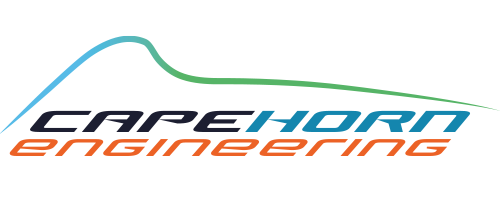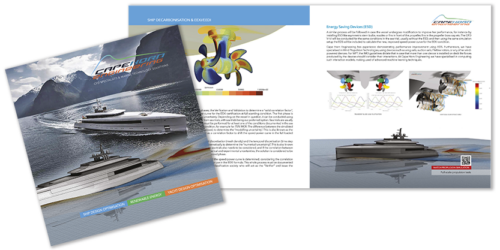Performance analysis and design optimisation for
MOTOR YACHTS & SAILING YACHTS
Cape Horn Engineering have pioneered RANSE based CFD since its very beginning and continues its research work on a daily basis. Due to our proven expertise in the America’s Cup, Volvo Ocean Racing and other high profile sporting events, we can apply this cutting edge technology to a wide variety of other marine applications including sailing yachts and motor yachts, fully foiling and foil assisted high speed vessels, to improve performance, comfort and safety, increase energy efficiency, and to save fuel and reduce emissions.
Using CFD Technology
We use advanced visualisation techniques to understand the flow features and to share that knowledge with clients. We post-process the simulations in a way that the designers obtain load cases and internal forces and moments for dimensioning the appendages of their designs. We carry out Fluid Structure interaction for appendages and sails. We assess cavitation in the appendages of all high speed craft. We have developed foil section optimisation loops that take into account transition and cavitation. For extensive design campaigns we optimise hull and appendage shapes using modern optimisation techniques like neural networks response surface models and optimisation algorithms.
CFD technology is a huge benefit for naval architects when optimising any vessel. Historically, designers have used more traditional technology, such as towing tank tests for their final designs to make sure they meet their clients’ requirements. But the force similarities between the model at scale and the real yacht cannot be achieved in a towing tank, which makes testing complex, based on assumptions and empirical formulations.
Using our CFD technology eliminates this problem, since it models the vessel at full size, and captures the stern wake and boundary layer effects directly at full size. Other advantages of CFD compared to tank testing is that realistic moments of inertia and VCG are easily achievable in simulations as well as the decomposition of forces and moments by components like hull and appendages, and by physical origin like friction and pressure. Moreover, CFD offers a greater insight into the details of the flow through images, video animations or interactive visualisation files. Even virtual and augmented reality is starting to make an impact today. CFD also offers substantial reductions in time and costs compared to physical models.
A good design process involves investigating the hull with its appendages and propellers simultaneously, as there is no isolated engineering component without an effect on the whole system. CFD allows us to perform calculations on the system as a whole, so the design process can be steered for fuel efficiency, comfort and safety.
CFD technology can also be used for aerodynamic simulations to capture wind effects around exhaust vents in order to investigate where the smoke will travel for passenger comfort.










